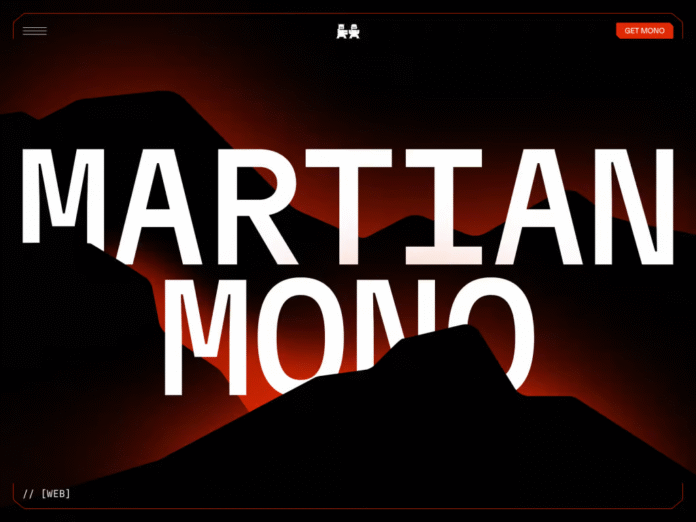
By reimagining the modern interface, web designers have long relied on off-screen menus to create sleek, uncluttered experiences. The now-familiar hamburger icon, which quietly conceals navigation options until prompted, has become a near-universal symbol of modern UI. But while off-screen menus are often celebrated for their clean aesthetics and performance benefits, they’ve also become a point of contention—especially when it comes to usability and accessibility.
This ongoing debate reveals a deeper design dilemma: Should we prioritize minimalism and speed at the cost of clarity and inclusivity? Or is there a way to reconcile both?
Let’s examine two sharply contrasting perspectives that frame this discussion: Jason Bradberry’s enthusiastic defense of off-screen menus as design tools of refinement, and the Nielsen Norman Group’s more cautionary analysis focused on user experience and accessibility. Together, these views offer designers a path toward more thoughtful, balanced UI decisions.
What Are Off-Screen Menus, Really?
At their core, off-screen menus are hidden navigation systems that remain tucked away until a user interacts with them—usually by clicking an icon or swiping. They slide, fade, or drop into view, revealing menu items that would otherwise crowd the interface.
This approach is especially popular in mobile-first design, where screen space is limited and every pixel counts. The promise of off-screen menus is simple: let the content shine, and keep navigation out of the way—until it’s needed.
But like all good ideas, this one comes with trade-offs.
The Case For Off-Screen Menus: Embracing Simplicity and Speed
Jason Bradberry, writing from the lens of a minimalist designer, sees off-screen menus not just as a convenience—but as a philosophical alignment with user-focused design. For him, these menus exemplify a principle that’s core to mobile-first development: prioritize content, not chrome.
Decluttering the Interface
Bradberry’s argument starts with the basics—less visual clutter means less cognitive friction. By removing unnecessary navigation elements from the immediate view, users can focus on the content they came for. This is particularly vital on small screens, where even a modest menu can crowd out meaningful information.
Giving Users Control
Another advantage he emphasizes is autonomy. Off-screen menus put users in the driver’s seat. They decide when and how to access additional options, allowing them to focus on the task at hand. This reduces the “noise” of too many visible choices and leads to cleaner, more focused interactions.
Performance Perks
There’s also a technical edge. Because these menus aren’t loaded into view immediately, Bradberry notes that they can help improve initial page load times—an essential factor for users on slower mobile networks or less powerful devices.
In short, Bradberry champions off-screen menus as tools of refinement: efficient, elegant, and tuned for a fast, content-centered world.
The Case Against: Usability and Accessibility First
While Bradberry paints a rosy picture, the Nielsen Norman Group offers a more grounded counterpoint. Their research-driven critique highlights where off-screen menus can stumble—especially when they hide critical navigation from sight.
Discoverability Dilemmas
First and foremost is the problem of discoverability. Just because something is hidden doesn’t mean users will find it. For tech-savvy users, the hamburger icon may be second nature. But not everyone knows it signals a menu—and even when they do, it’s not always clear what lies behind it. That creates friction, especially for first-time or less confident users.
Lost in Navigation
Then there’s the risk of fragmentation. When menus are tucked away, users may not see the full scope of a site’s navigation. That can lead to confusion, missed content, and higher bounce rates—particularly in complex applications or content-rich sites where exploration matters.
Accessibility Concerns
Off-screen menus also raise red flags when it comes to accessibility. Dynamic menus that rely on animations or gestures may not play nicely with screen readers, keyboard navigation, or users with motion sensitivities. While designers can implement ARIA roles and other techniques to bridge the gap, these add complexity—and too often, they’re overlooked.
Clarity Over Cleverness
Ultimately, the Nielsen Norman Group advocates for predictability. Clear labels, visible navigation cues, and consistent interaction patterns trump hidden elegance when it comes to helping all users, regardless of ability or familiarity.
Bridging the Divide: Toward Smarter Menu Design
So, who’s right? In a way, both are. Off-screen menus offer undeniable benefits—but only when used thoughtfully.
Here are a few strategies designers can use to reconcile these perspectives:
- Context is King: A single-page portfolio site? Off-screen menus might be perfect. A multi-layered e-commerce platform? You’ll need clearer navigation cues.
- Design for All Users: Use accessible HTML, ARIA roles, and test your menus with screen readers. Ensure that keyboard users can open and close the menu easily.
- Keep it Predictable: Avoid hiding essential actions behind unfamiliar icons. Label your hamburger menu clearly, and consider hybrid solutions that surface key links while tucking away secondary options.
- Use Motion Responsibly: Smooth transitions can help guide users—but too much motion can overwhelm or alienate. Include options to reduce animation where necessary.
- Test, Iterate, Repeat: Monitor analytics. If users aren’t engaging with off-screen content, they might not know it’s there. Conduct usability testing to see how real users navigate.
Conclusion: A Design Element, Not a Design Answer
Off-screen menus are neither a silver bullet nor a design sin. They’re a flexible tool—one that, like all tools, must be used with care, context, and a commitment to usability.
Bradberry’s enthusiasm reminds us of the power of simplicity, while the Nielsen Norman Group’s caution urges us not to sacrifice function for form. The true art of design lies in balancing both: crafting experiences that are beautiful yet usable, minimal yet meaningful.
For designers facing the off-screen menu dilemma, the question shouldn’t be whether to use one—but how to use it well.











